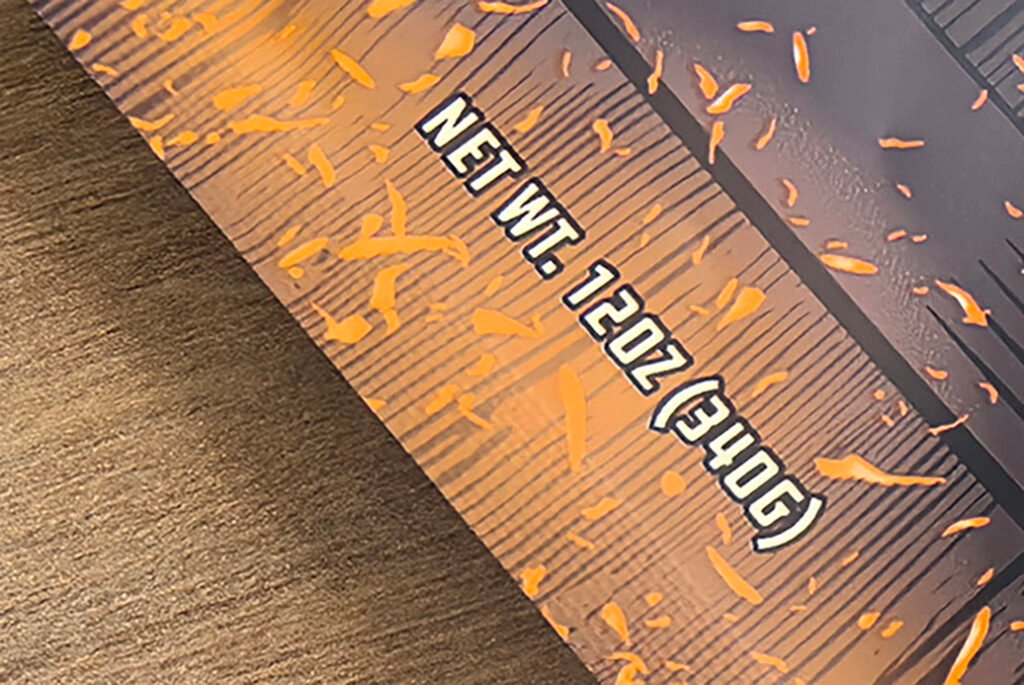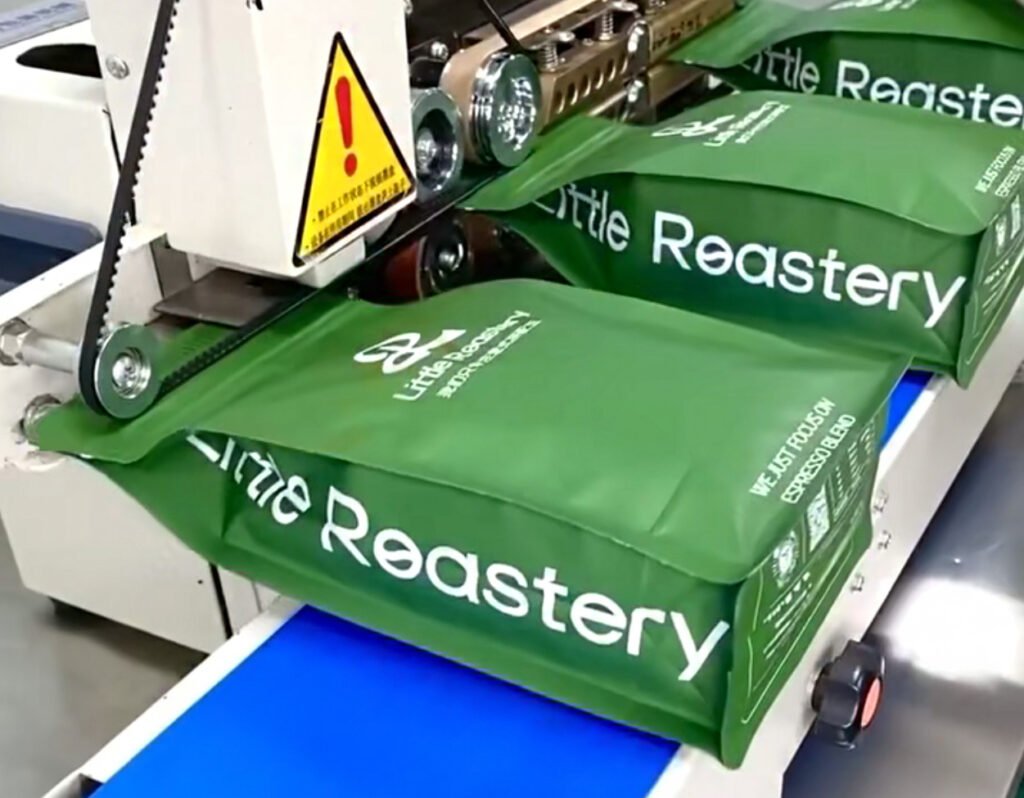
Coffee Packaging Solutions for Freshness and Design
Coffee packaging is far more than surface aesthetics. A stale cup or a compromised pouch quickly reveals the consequences of poor protection. Packaging can make or break the flavor, the shelf life—and even the brand.
Good coffee packaging protects the beans, preserves the flavor, and helps brands stand out. The best packaging balances freshness, design, and sustainability, all in one smart solution.
Whether you’re a coffee roaster or just a curious consumer, understanding coffee packaging will help you choose better and sell smarter. Let’s break it down, step by step.
Why Coffee Packaging Matters
Coffee loses its taste quickly without the right protection. Moisture, air, and light all attack flavor. Packaging keeps those enemies out. Coffee packaging matters because it keeps the product fresh, safe during transport, and attractive to customers. It also builds brand identity and supports shelf life. Coffee is sensitive. After roasting, it begins to release carbon dioxide (CO₂) and lose aroma. If exposed to oxygen, it goes stale even faster. That’s why strong, airtight packaging matters.
But it’s not just about freshness. Coffee packaging also:
- Helps logistics during transport
- Shares product details (origin, roast level)
- Grabs attention on store shelves
- Builds customer trust
Great packaging does it all—protect, promote, and perform.
Types of Coffee Packaging
There’s no one-size-fits-all. The shape, material, and closure type all affect how coffee is stored, shown, and sold. Common coffee packaging types include flat bottom bags, quad seal bags, Doypacks, tins, and pods. Each has different benefits in terms of freshness, branding, and cost.
Flat Bottom Bags
- Stand upright easily
- Good structure and shelf presence
- Often used for premium coffee
Stand-Up Pouches (Doypacks)
- Flexible and affordable
- Work well for smaller amounts
- Not always as sturdy as quad seals
Side Gusset Bags
- Cost-effective and classic
- Stand upright when filled
- Ideal for large-volume coffee
Quad Seal Bags
- Four strong seams for stability
- Maximize space
- Ideal for larger amounts or long shelf lives
Tins and Cans
- Rigid protection from moisture and light
- Ideal for premium or long-storage coffee
- More expensive but reusable
Single-Serve Pods
- Pre-measured and sealed
- Popular for convenience and portion control
- Raise sustainability concerns
Each type supports different brand goals and consumer needs.
What Makes Packaging Work
Not all packaging is created equal. Some look great but fail to protect the product. Others preserve freshness but don’t support marketing goals. Great coffee packaging must combine protection, usability, branding, and sustainability. This means using quality materials, smart valves, and resealable options.
Key Elements of Good Packaging
| Feature | Purpose |
| Barrier layers | Block air, light, and moisture |
| One-way valve | Let CO₂ out, keep oxygen out |
| Resealable closure | Preserve freshness after opening |
| Strong materials | Protect during transport and storage |
| Clean design | Communicate clearly to customers |
When picking packaging, also consider:
Ease of use: Is it easy to open and reseal?
Visibility: Can customers see the product?
Labeling: Is information clear and concise?
Sustainability: Can it be recycled or composted?
A great package is functional and beautiful.
Sustainable Coffee Packaging
More consumers care about the environment—and expect brands to do the same. Packaging plays a big part in how “green” your product is. Eco-friendly coffee packaging includes recyclable, compostable, and carbon-neutral options. These reduce waste while appealing to conscious consumers.
Popular Sustainable Materials
| Type | Benefit | Limitation |
| Recyclable plastics | Widely accepted in urban areas | Not all facilities accept them |
| Compostable PLA | Plant-based and biodegradable | Shorter shelf life |
| Kraft paper with liners | Natural look and feel | Needs barrier layers for coffee |
| Mono-material films | Easier to recycle than mixed films | Fewer finish options |
Switching to sustainable materials can:
- Lower your carbon footprint
- Build brand loyalty
- Align with government regulations
- Meet growing consumer demand
Being sustainable doesn’t mean sacrificing function or looks.
Coffee Packaging Valves: When to Use Them
Freshly roasted coffee releases gas for days. This process, called degassing, can inflate or burst sealed bags. One-way degassing valves allow CO₂ to escape while preventing oxygen ingress, maintaining internal pressure and preventing bag rupture. They are essential for keeping roasted coffee fresh without damaging the packaging.
Why Valves Matter
- Degassing: CO₂ escapes safely
- Protection: Blocks oxygen and humidity
- Shelf stability: Keeps shape and appearance intact
When You Don’t Need a Valve
- Instant coffee or pre-ground blends
- Beans that have already degassed
- Short shelf life products
Valve vs No Valve Summary
| Situation | Use Valve? |
| Freshly roasted beans | Yes |
| Pre-ground coffee | No |
| Long-term retail | Yes |
| Instant coffee | No |
Valves are tiny but powerful.
Coffee Packaging Design Tips
Packaging is your first handshake with a customer. A strong design wins attention and builds trust in seconds. Effective coffee packaging design communicates brand identity, attracts buyers, and informs at a glance.
Essential Design Elements
- Clear logo and product name
- Roast level and origin info
- Easy-to-read font
- Color choices that reflect your coffee’s personality
- Consistent branding
Tips for Better Design
- Use contrast for readability
- Keep layout simple
- Include QR codes for extra info
- Match colors to flavor tones (e.g., bold red for dark roast)
- Try matte finishes for a premium feel
Eye-catching designs lead to more sales. Good design isn’t decoration—it’s strategy.
Top Trends in Coffee Packaging Today
Technology and changing tastes are shaping the future of packaging. Trends like smart labels, digital printing, and resealable closures enhance customer experience and improve brand connection.
Key Trends
Smart labels: Use QR codes to link to origin stories, brewing tips, or subscriptions
Augmented Reality: Turn a package into an interactive experience
Digital Printing: Customize packages for different SKUs easily
Maximalist Design: Bold colors and big fonts are trending
Sustainable Closures: Compostable zippers and peelable films
Modern packaging is smart, efficient, and emotional.
Smart coffee packaging does more than hold beans. It protects freshness, tells your brand story, supports sustainability, and builds trust. Every element—from material to label—matters. A good package is the quiet force behind a great cup.
At YamiPak Coffee, we offer end-to-end packaging solutions tailored to your brand—from concept development to design and delivery. Our custom packaging helps roasters communicate their identity clearly and consistently, with every detail aligned to your vision.
Frequently Asked Questions
What is the best packaging to keep coffee fresh?
A foil-lined bag with a one-way valve and resealable zipper is ideal for keeping coffee beans fresh.
How long does coffee stay fresh in sealed packaging?
Whole beans can stay fresh for 4–6 months in sealed bags; ground coffee usually lasts 2–3 months.
Do coffee bags need a valve?
Yes, if you’re packaging freshly roasted beans. The valve lets CO₂ escape while blocking oxygen.
Is compostable coffee packaging better than recyclable?
Compostable packaging breaks down faster but often has a shorter shelf life than recyclable options.
Should I use paper or plastic coffee bags?
Paper looks natural and is eco-friendly, but plastic or multilayer films offer better protection.
What size coffee bag should I use for retail?
Popular sizes include 8 oz and 12 oz. Choose based on target customers and shelf space.
How should I label my coffee packaging?
Include brand name, roast level, origin, net weight, and roast date. Add QR codes for more info.
What’s the best packaging for single-serve coffee?
Stickpacks, pods, or drip bags are ideal. Choose materials that preserve freshness and are easy to open.
Share This Story, Choose Your Platform!

Chris Li
Chris Li is the Marketing Director at YamiPak coffee, with over 10 years of experience in packaging and printing. Passionate about sustainable solutions and innovative design, Chris helps brands create impactful packaging that leaves a lasting impression.


